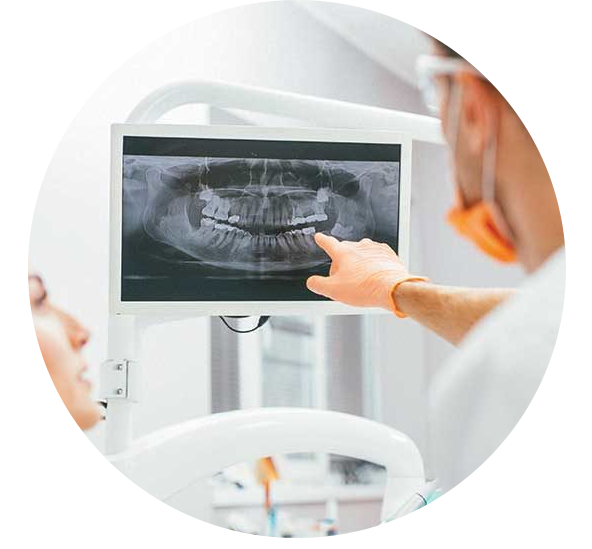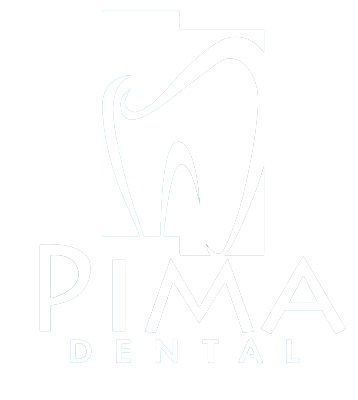Restorative Dentistry

Pima Dental uses different types of restorations in its dental practices. The most common ones are fillings, crowns, bridges, and onlays/inlays used for various degrees of cavities (decay) and/or broken teeth.

Restorative Dentistry Types
There are several types of Restorative Dentistry that include the following:
- Fillings
- Bonding
- Crowns
Fillings
Pima Dental places composite (tooth colored) fillings and does not use mercury-containing amalgam fillings.
Composite fillings can be matched to your tooth color which provides improved aesthetics. Composite fillings (bonding) look and function like your original tooth. The composite filling is bonded to your tooth structure which helps to strengthen the structure and prevent breakage. It even protects the tooth from temperature changes. Due to technology advances and improved etch and bonding materials, less healthy tooth structure needs to be removed to retain a filling as is requires with amalgam. Composite fillings are less invasive to your healthy tooth structure. Composite fillings can also be used in certain instances that amalgam fillings could not be used. This makes composite fillings more versatile. Composite fillings also reduce the mercury exposure for patients and dental providers alike, with the exception of drilling out an old amalgam to replace it with composite when the filling requires replacement or decay is present.


Bonding
Bonding is a term that is commonly thought to be for cosmetic work even though Composite Fillings are a type of bonding. When referring to cosmetic bonding, your dentist may be referring to repairing chips or improving the aesthetics of your front teeth, closing gaps between your front teeth, or improving your smile without having to do veneers or crowns. Cosmetic bonding as outlined above will provide great results if it is the optimal treatment plan, but it will not provide as long-term a result as veneers or crowns and can bee accomplished with minimal tooth reduction.

Crowns
Crowns are used to restore a tooth that is broken down to a point where there is insufficient tooth structure to provide support for a filling. A crown can be used to hold together a cracked tooth, to protect a week tooth from breaking or to make a cosmetic improvement. A crown can make a broken down tooth stronger as well as improving appearance. It can also protect a broken down tooth from further damage and can be preventative treatment to avoid tooth loss.
Your tooth will be reduced and an impression will be taken from the crown. A temporary crown will be made and cemented while waiting for the impressions to be sent to the dental laboratory where your crown will be made out of porcelain, ceramic, zirconia, or porcelain fused to high noble metal (e.g. gold, platinum, etc) depending upon where the crown is and why it has been prescribed.
A crown is also used to cover and implant that has been placed to replace a missing tooth.











